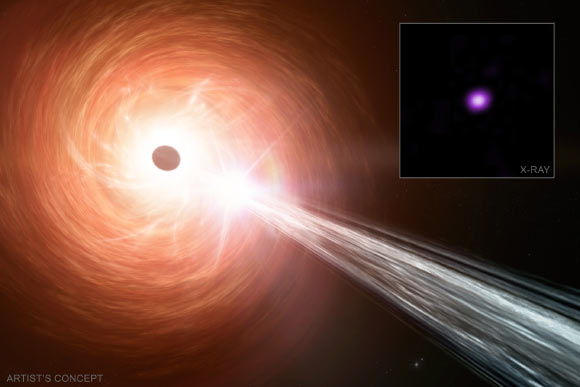
A supermassive black hole in the center of the radio quasar RACS J032021.44-352104.1 (RACS J0320-35 for short) is growing at one of the fastest rates ever recorded.
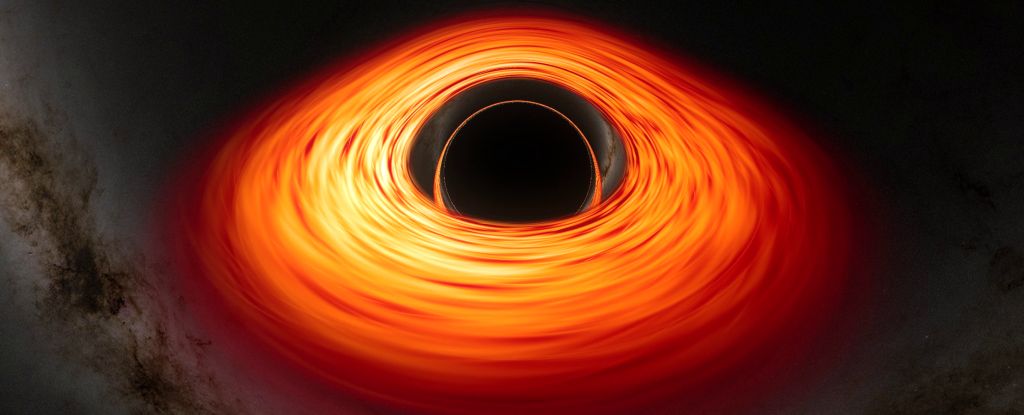
A tiny blob of red light spotted at the beginning of the Universe could represent the first direct evidence for a supermassive black hole formation pathway.

Dark matter particles could accumulate inside giant Jupiter-like exoplanets. Dense dark matter particles could eventually collapse to form a black hole inside a planet. The black hole could then ultimately consume the entire planet.
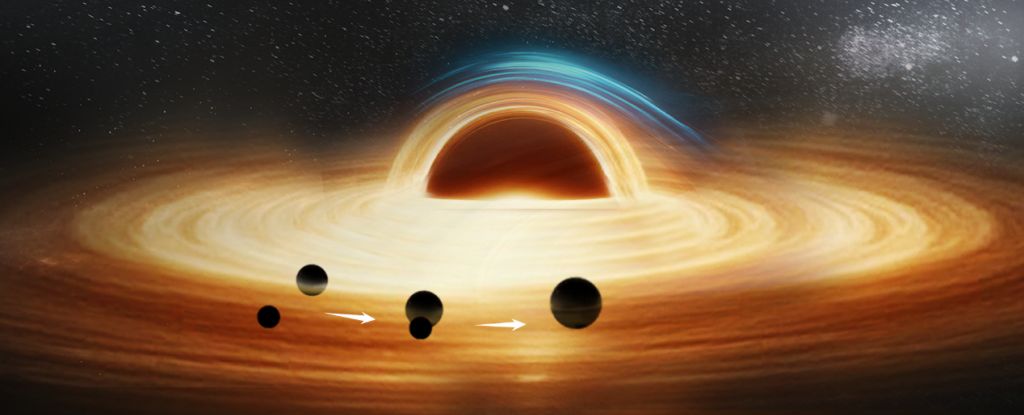
According to a new analysis of data from the LIGO-Virgo-KAGRA collaboration, data from a 2019 binary black hole collision showed signs of an anomalous acceleration that suggests the presence of a third black hole.
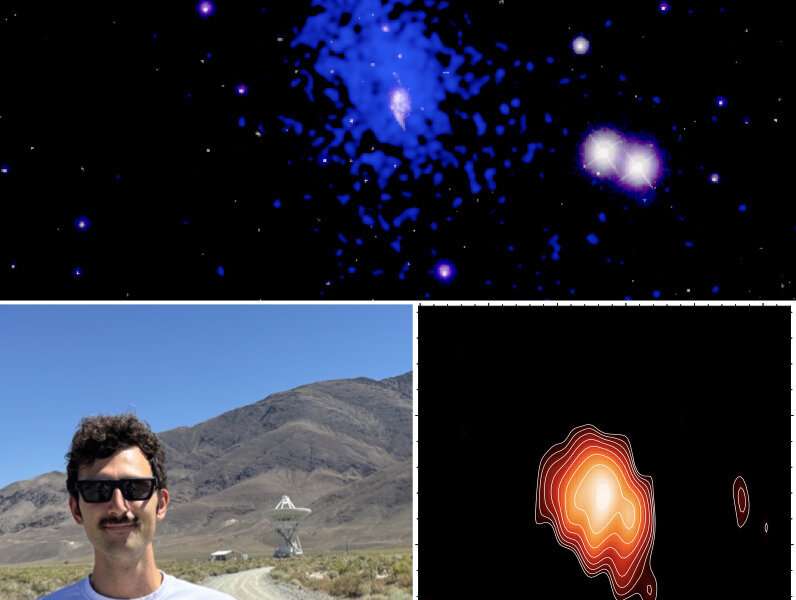
Astronomers have caught a supermassive black hole in the act of awakening from a long slumber, providing an unprecedented glimpse into the earliest stages of black hole activity.
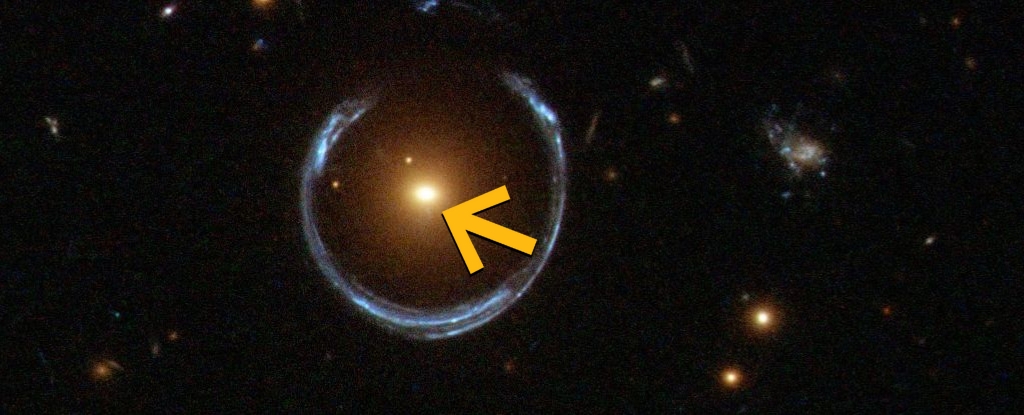
A black hole deep in the cosmos, some 5 billion light-years away, could be the most massive ever found.
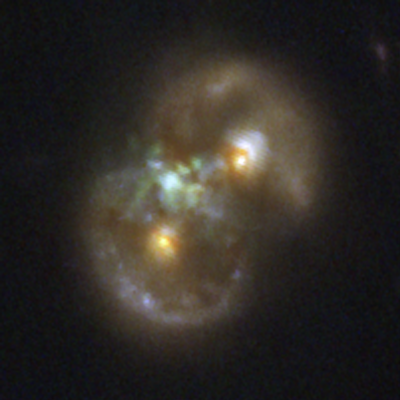
A pair of galaxies whose light has traveled for 8.3 billion years contains what astronomers believe is a supermassive black hole in the act of forming.
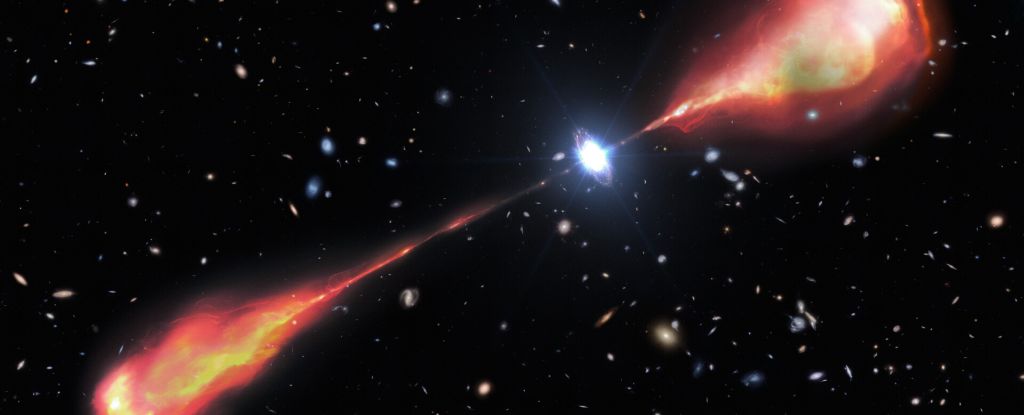
A supermassive black hole in the early Universe has been spotted blasting out powerful jets of plasma that are at least twice as long as the Milky Way is wide.

A team of astronomers led by Michael Janssen (Radboud University, The Netherlands) has trained a neural network with millions of synthetic black hole data sets.
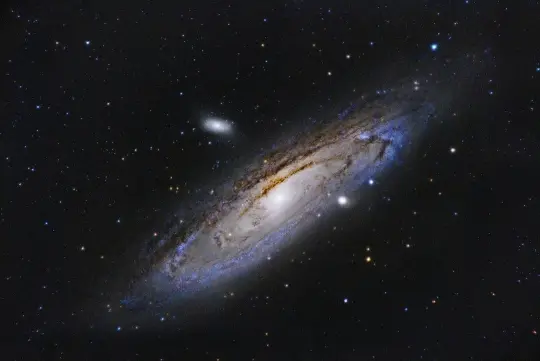
In this blog, Professor Enrique Gaztanaga from the Institute of Cosmology and Gravitation at the University of Portsmouth, puts forward a new theory about how the Universe was created.
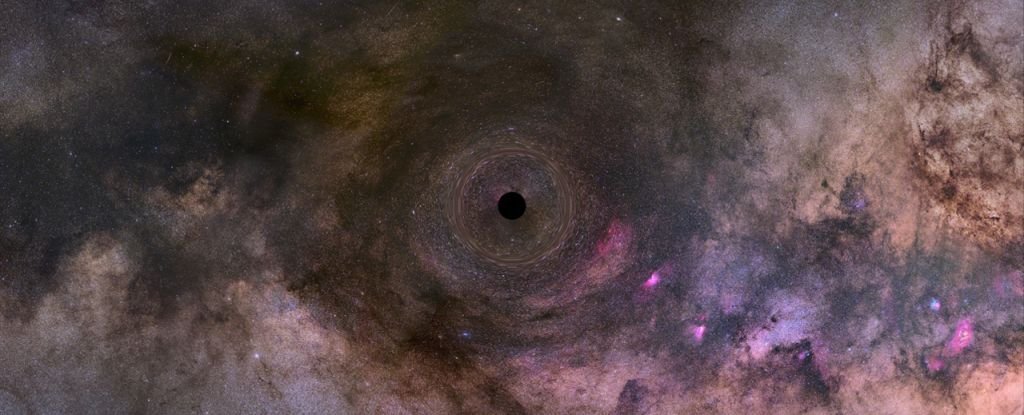
A lonely black hole roaming the cosmos in solitude has been confirmed for the first time.
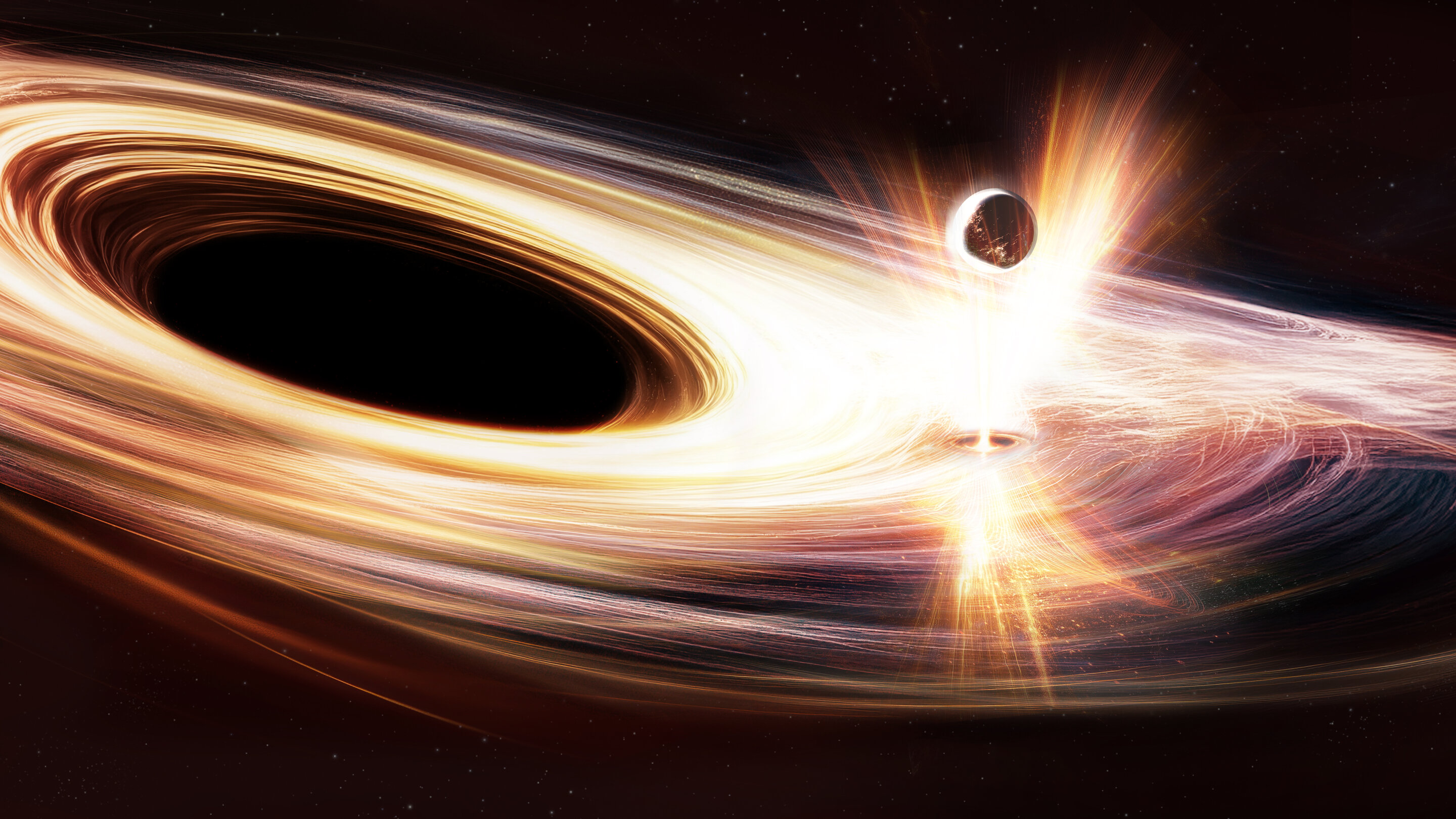
A massive black hole at the heart of a galaxy in the Virgo constellation is waking up, shooting out intense X-ray flares at regular intervals that have puzzled scientists

In 2022 NASA’s James Webb Space Telescope discovered an abundance of tiny red objects scattered across the sky in the early universe. A large fraction of them are likely galaxies with supermassive black holes growing at their centers.

Traditional models of star formation suggest there may be as few as 300 black holes in the closest region of the supermassive black hole Sagittarius A*. But a new study suggests the number of stellar-mass black holes is much higher.

When you peer out into the depths of the cosmos, a mystery lies there, waiting. In a survey of the deep sky, most of the galaxies are seen rotating in the same direction.